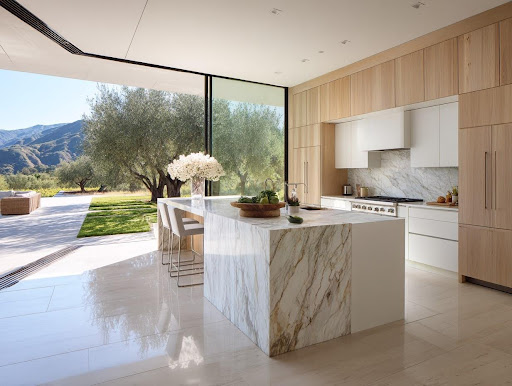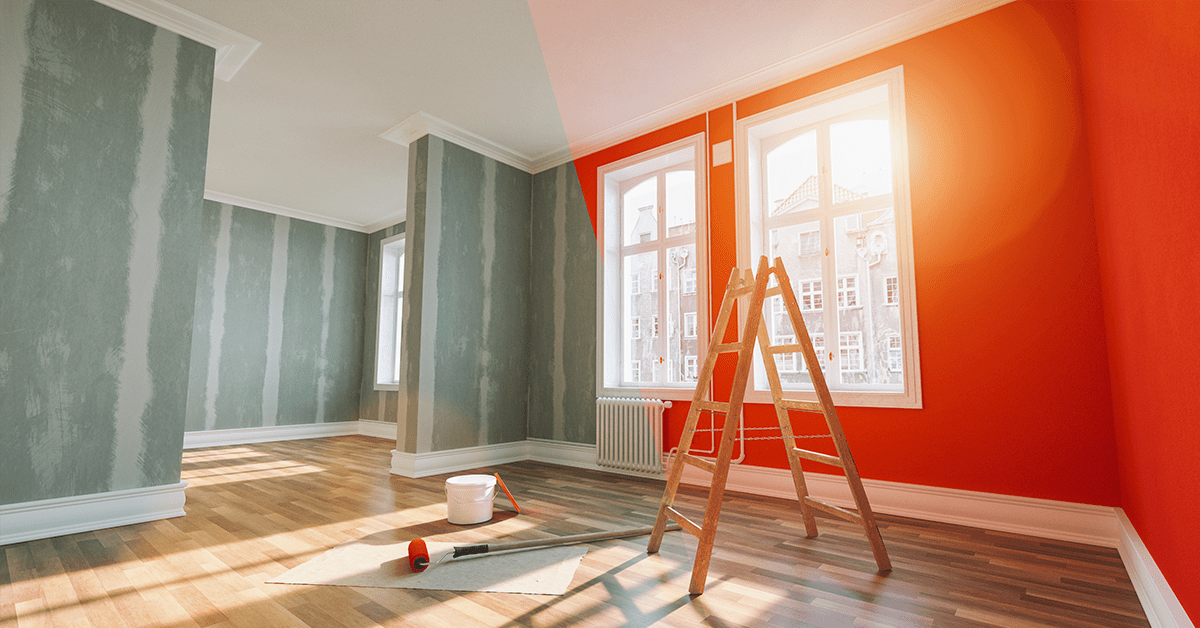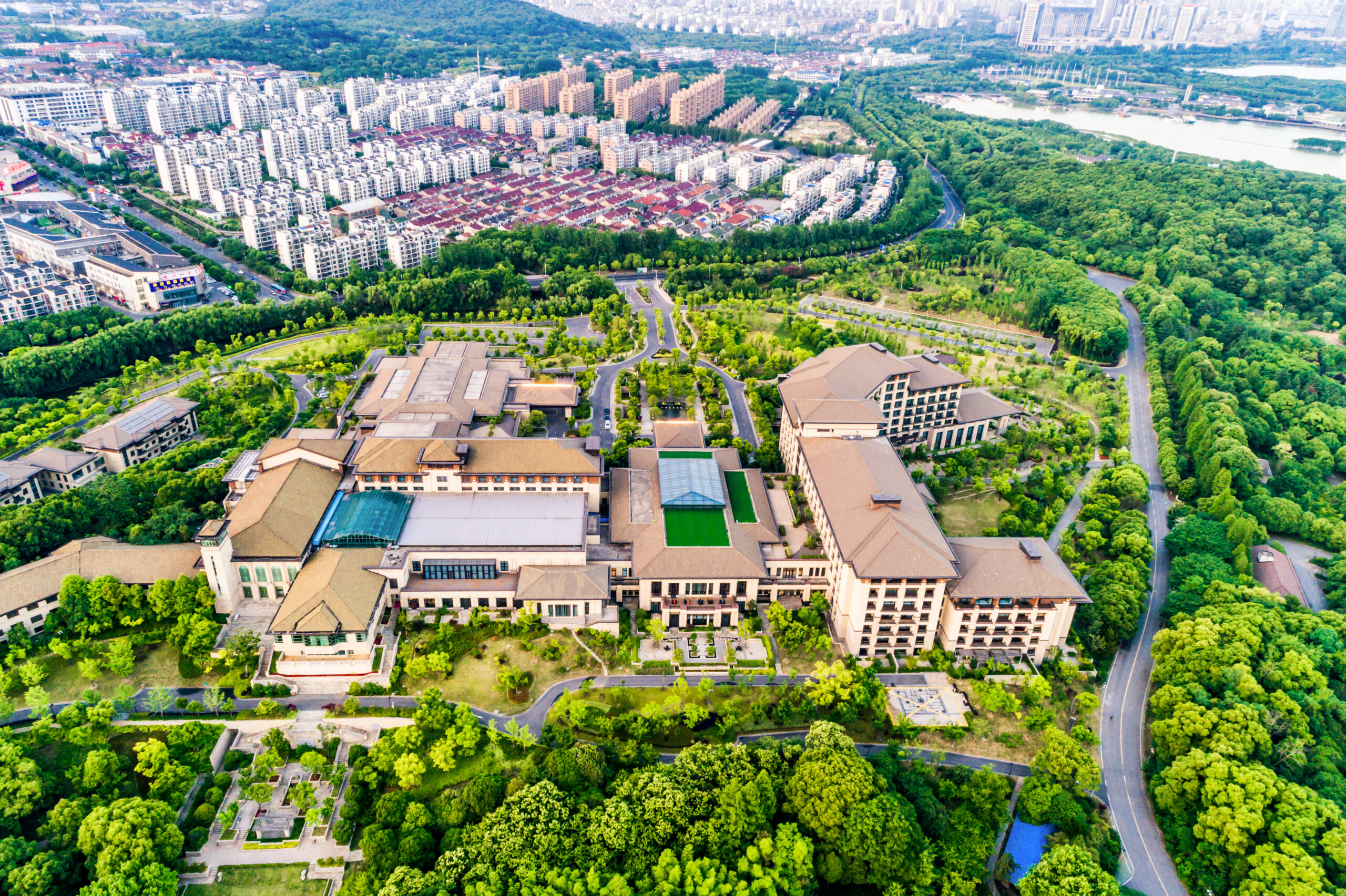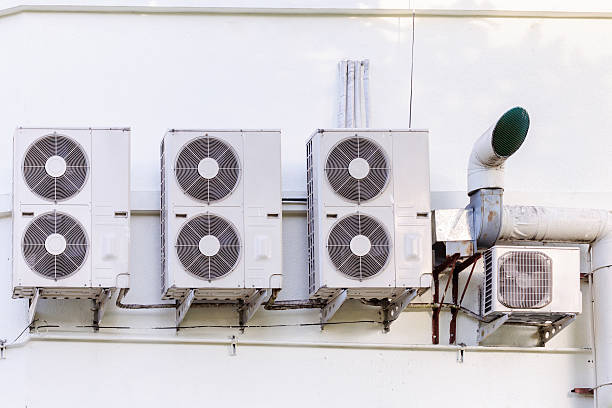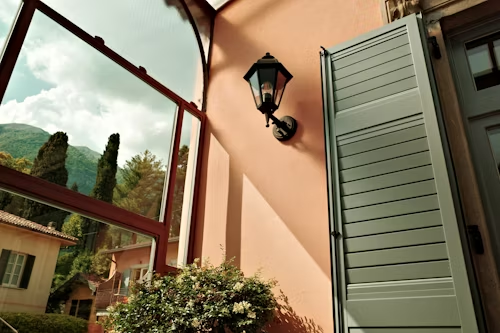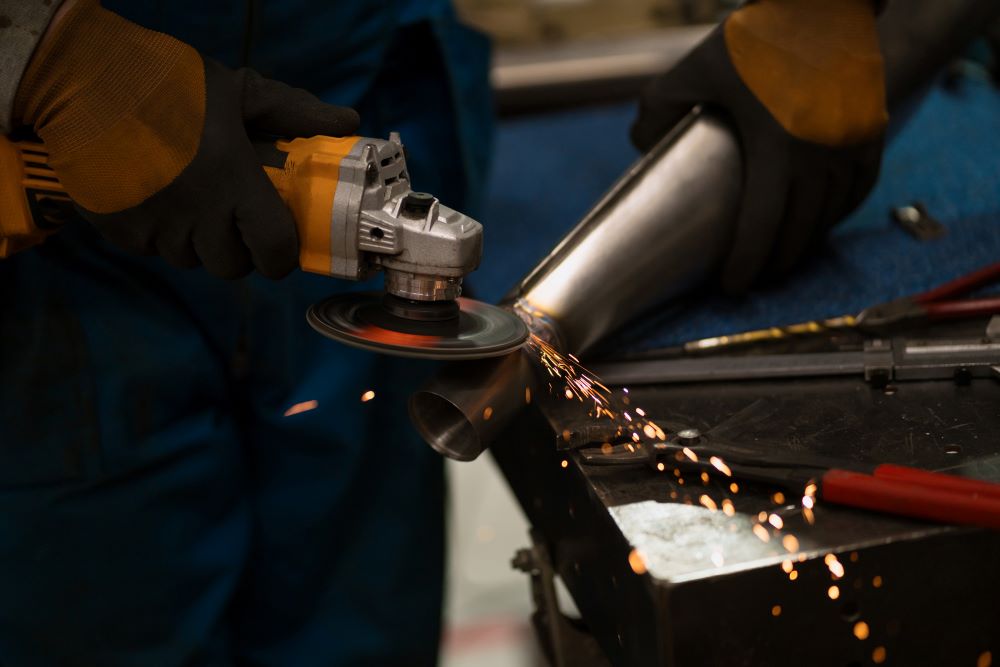Outdoor concerts, theatre shows, and other live events under the stars provide amazing and unique experiences. But taking the show outside comes with challenges compared to controlled indoor venues. But Can You Use Stage Lights Outdoor? Yes, You Can Use Stage Lights Successfully Outdoors With the right planning and equipment, outdoor performances can achieve breathtaking lighting even under the night sky.
Keep reading!
Stage Lights for Outdoor Performances
Outdoor performances like concerts, theatre shows, and other live events have unique lighting needs compared to indoor venues. While the fundamentals remain the same, factors like weather, sunlight and limited power access make choosing and setting up stage lighting outdoors more complex.
Key Considerations
- Weatherproofing – Wind, rain, dust can damage equipment. Fixtures must be rugged and water-resistant.
- Temperature Control – Risk of overheating in hot weather. Ensure adequate fixture ventilation and cooling.
- Power Supply – Generators, cabling and distribution are needed for unreliable outdoor power.
- Light Interference – Timing shows for ideal natural light conditions avoids washout. Balance brightness.
- Lighting Types – LED pars, moving heads and floods are well-suited for different outdoor stage needs.
- Positioning – Front, side and back lighting prevent shadows and create dimension. Avoid glaring angles.
- Safety Measures – Protect cables from tripping hazards. Have emergency weather plans.
Advantages of LED Stage Lights for Outdoors
LED technology offers significant benefits that make it the top choice for outdoor stage lighting today.
Lower Power Consumption
LED stage lights consume significantly less power compared to traditional lighting systems, making them both energy-efficient and cost-effective. Their efficiency is especially crucial for outdoor venues with limited power access, as it reduces the generator, cabling, and distribution needs.
Brightness
Despite their low power draw, LED stage lights offer exceptional brightness that easily outshines older inefficient bulb fixtures. Their high intensity outputs can overcome sunlight washout and glare that previously made stage lighting outdoors difficult.
Cool Operating Temps
LED stage lights operate at much lower temperatures compared to legacy lighting, emitting minimal heat. This cool running is crucial for outdoor environments, where heat is already abundant. It reduces the risk of overheating the fixtures and allows the LEDs to deliver peak performance even in hot sunny weather.
Compact and Portable
The small size and low weight of LED stage lights makes them ideal for the frequent setups and tear-downs required for outdoor venues. They are easy to transport and handle on location.
Durability
With lifespans over 10 years and up to 50,000 hours of runtime, LED stage lights boast incredible durability. Their ruggedness allows them to withstand outdoor elements much better than older lighting fixtures.
Wide Color Range
LEDs produce both sharply vivid colors as well as subtle pastel hues, allowing lighting designers to create any desired atmosphere. Their advanced color mixing capabilities are perfect for the nuanced and colorful lighting required by concerts.
Lower Maintenance
Unlike older fixtures with fragile filaments, LED stage lights require no bulb replacements. Their reliable solid-state design better resists dust and debris infiltration as well. These factors significantly reduce maintenance needs, which is especially helpful for remote outdoor venues.
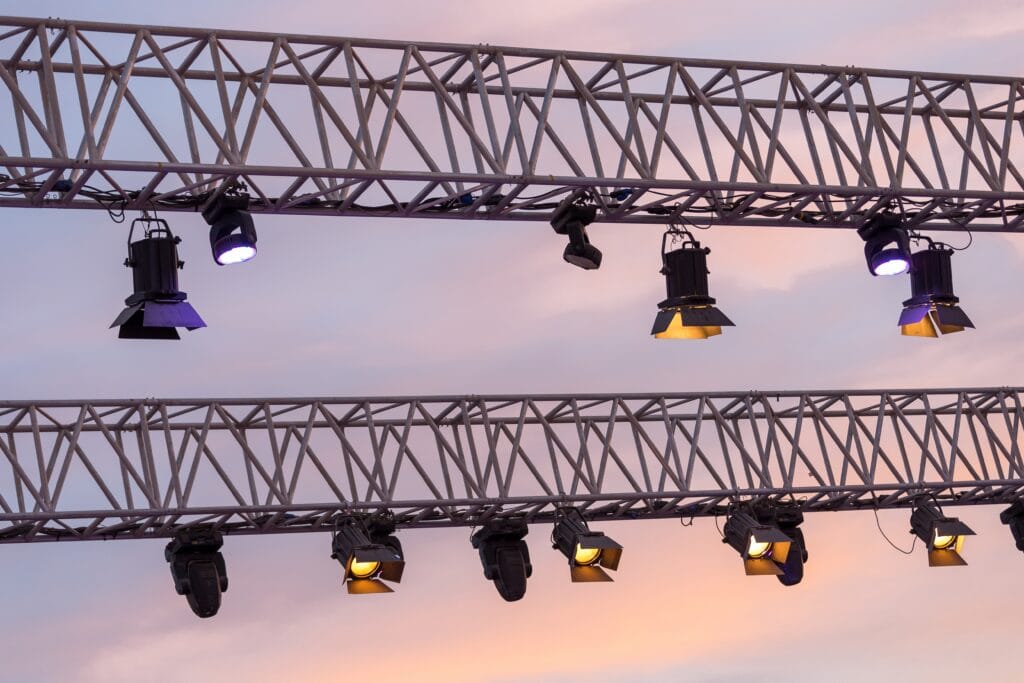
Key Types of LED Stage Lights
There are several varieties of LED stage lights available, each with advantages for different outdoor event needs. Understanding the attributes of each allows for selecting the ideal fixtures.
LED Par Lights
LED PAR lights contain circular LED arrays, resembling traditional PAR can lights. They offer flexible beam angles ranging from narrow intense spots to wide washes, making them ideal for both pinpoint accent lighting as well as broad area illumination. With onboard RGB color mixing capabilities, LED PARs provide vibrant lighting effects. They are a cost-effective choice for small outdoor venues, but do have some limitations in power compared to other LED stage light options.
Moving Head LED Lights
Moving head LED stage lights feature a beam that can pan, tilt, and rotate via computerized control. This allows dynamic automated effects synchronized with the music. Advanced optics like gobos and prisms further extend their capabilities. Moving heads are ideal for concerts or theatrical shows requiring complex lighting choreography. Their ability to function as follow spots, tracking performers as they move across the stage, makes them invaluable outdoors.
LED Strip/Bar Lights
LED strip or bar lights offer a compact linear fixture containing a series of LEDs. Their simplicity and small size make them easy to mount along stage edges or overhead trussing. With plug-and-play daisy chain wiring, they require minimal setup. LED strips provide a budget-friendly option for accent lighting and effects, but have limitations in overall power and brightness.
LED Flood Lights
With their wide beam angles, LED flood lights are designed for vast area illumination. They effectively light even large outdoor stages and the surrounding environs. LED floods are ideal for concerts and performances in parks, sports fields, or outdoor theatres. High-intensity spot flood options are also available when more concentrated light is required.
Positioning Stage Lights Outdoors
Proper positioning is vital to creating stunning outdoor lighting designs that enhance the audience experience. Light layers and angles prevent shadows while adding depth and dimension.
Front Lighting
Front lighting serves as the foundation that brightly illuminates performers while avoiding harsh shadows. Front lights are typically positioned at two front corners of the stage, angled diagonally inward at 45 degrees. The goals of front lighting are to provide the main wash illuminating the stage, reduce shadows cast by other light positions, and blend with side and backlighting.
Side Lighting
Side lighting sculpts dimension and texture, separating performers from the background. Side lights are angled steeply from the wings or edges of the stage, sometimes from directly behind performers. Side lighting aims to shape and model actors and objects on stage, adding visual interest through texture and accents.
Back Lighting
Backlighting generates depth and visual focus within the stage picture. Lights are positioned high behind the performers and angled steeply downward. Backlighting provides background separation, a perspective of depth through rim lighting, and accentuates movement and the shaping of performers. It draws attention to the subjects while adding depth.
Additional Outdoor Stage Design Factors
Creating successful outdoor concert and theatrical experiences requires extensive planning and coordination of many technical elements beyond just the lighting.
Weather Preparedness
Preparing for unpredictable weather is crucial. This includes setting up tents or structures to shield vulnerable lighting and sound boards, stabilizing equipment against the wind, and protecting cables/gear with waterproof coverings. Backup power plans and weather monitoring leading up to the event provide insurance against losses.
Set Design Considerations
The set must withstand outdoor conditions using minimal, multifunctional pieces composed of durable and weather-resistant materials. Components should be easy to assemble, with creative use of natural outdoor features.
Performance Scheduling
Showtimes should be planned around optimal lighting conditions, allowing ample time for the lengthy equipment setup/teardown required outdoors. Performer visibility must also be considered.
Audience Experience
Providing guests a high-quality experience requires clear sightlines to the stage from ample well-organized seating/standing areas. Sheltered spaces are ideal if possible. Easy access to amenities like restrooms and food & beverage, as well as designated handicap viewing zones, should be ensured.
Power Distribution
A robust power system starts with an onsite meter for load monitoring. Lighting should be isolated on dedicated circuits with protected cabling runs. The system must offer enough capacity for all gear plus identified backup power options in case of weather-related cuts.
Conclusion
Outdoor performances provide amazing experiences but need special planning compared to controlled indoor venues. The right LED stage lights can overcome unpredictable outdoor conditions with resilience and brightness – paired with smart positioning, weather precautions and audience-friendly designs, outdoor shows can be breathtaking under the night sky.






